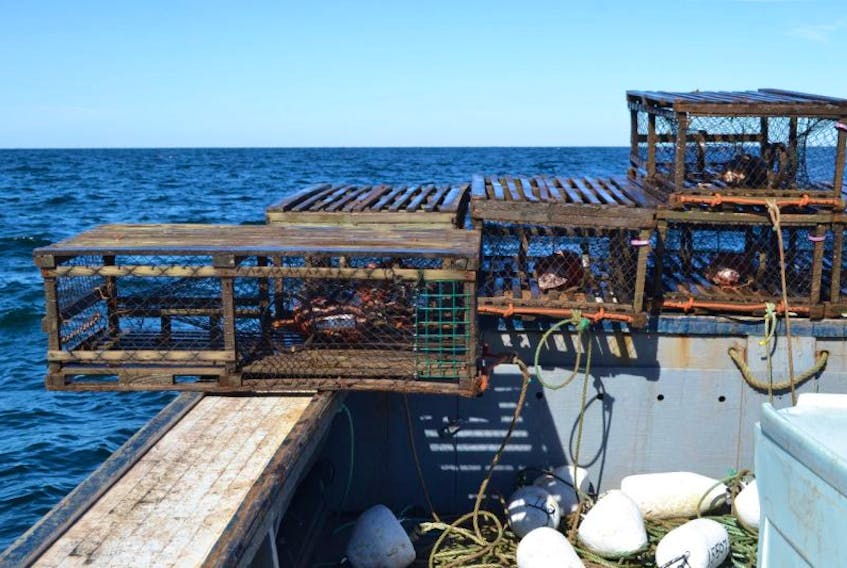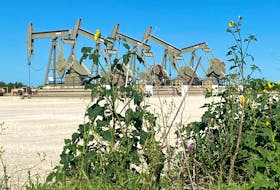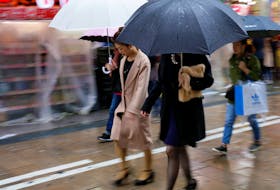Ian MacPherson, the executive director of the P.E.I. Fisherman’s Association, says lobster landings are slow so far.
“Catches are slow in most areas, but less than 20 per cent of our season has passed, where as others are winding down.”
Specifically, that of southern Nova Scotia in LFAs 33 and 34, which are reporting half as many lobsters are being brought to shore, according to a report by the Chronicle Herald, which said it’s possible the cold water temperatures are delaying the lobsters from crawling up to the traps.
Spring season for LFAs 24 and 26 in P.E.I. began on April 29 and will run until June 29, where as the fishing season for LFAs 33 and 34 closes on May 31, after almost six months of activity.
“It’s early days yet, but from the conversations I’m having with people, some are bringing fewer lobsters. Harvesters do keep track year-to-year how they do and what they catch, and this year it’s indicating a smaller number,” MacPherson said.
But that can change.
“There are cooler water temperatures right now, but it can warm up quickly. So it might be premature, but we have found in the past if there is a cooler water temperature it can be a contribution.
“In general I’m hearing about slower catches, but it doesn’t mean every fisherman is facing the same thing.”
There are other factors that can affect catch sizes, he added.
“Depending on the storm we get, it can really stir things up, which can also cause the lobsters not to move around and come to the traps.
“Every year is different, and weather conditions can be different from day-to-day like any fishing situation there are a lot of factors.”
However, MacPherson hopes the winter’s demand for lobster will help.
“There was a strong demand through the winter and hopefully that will bode well for us.”









